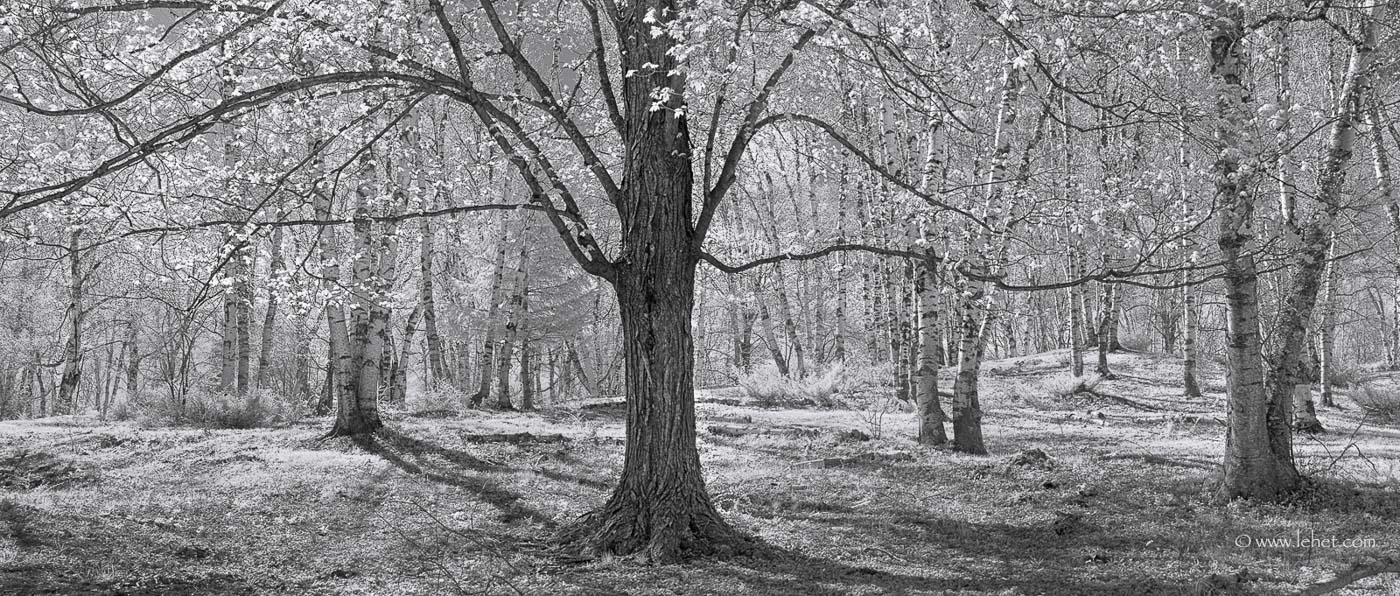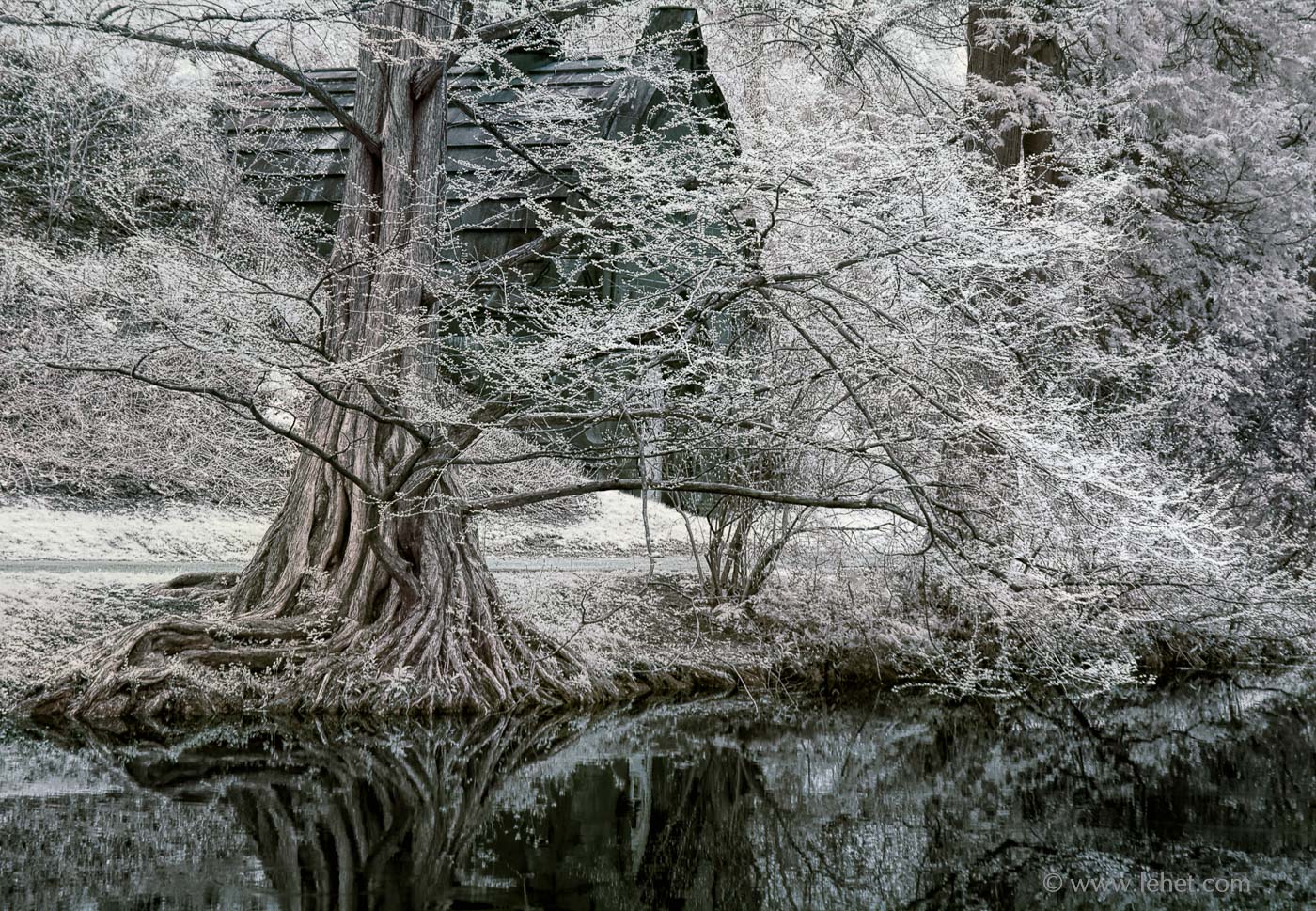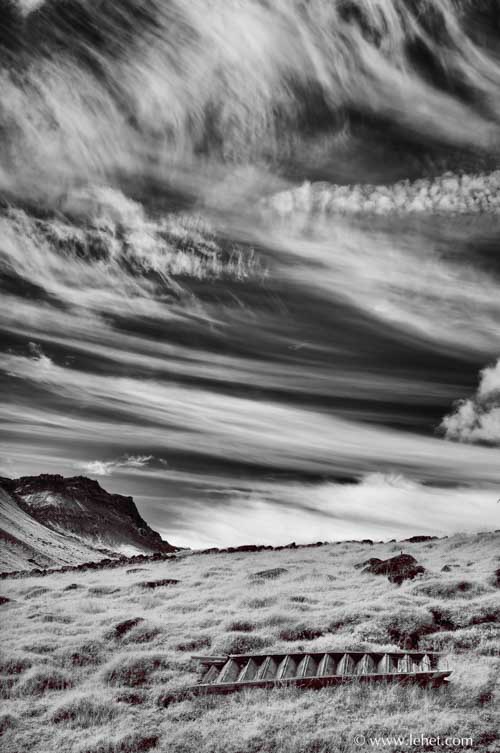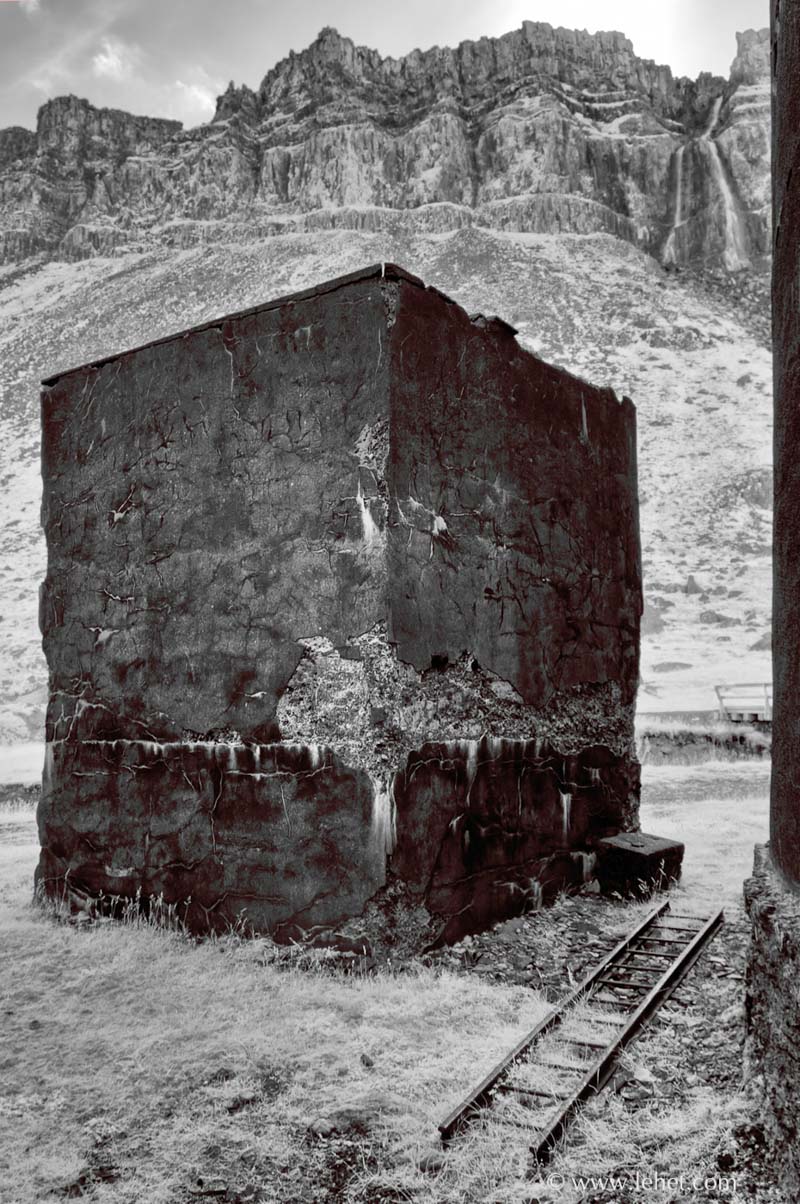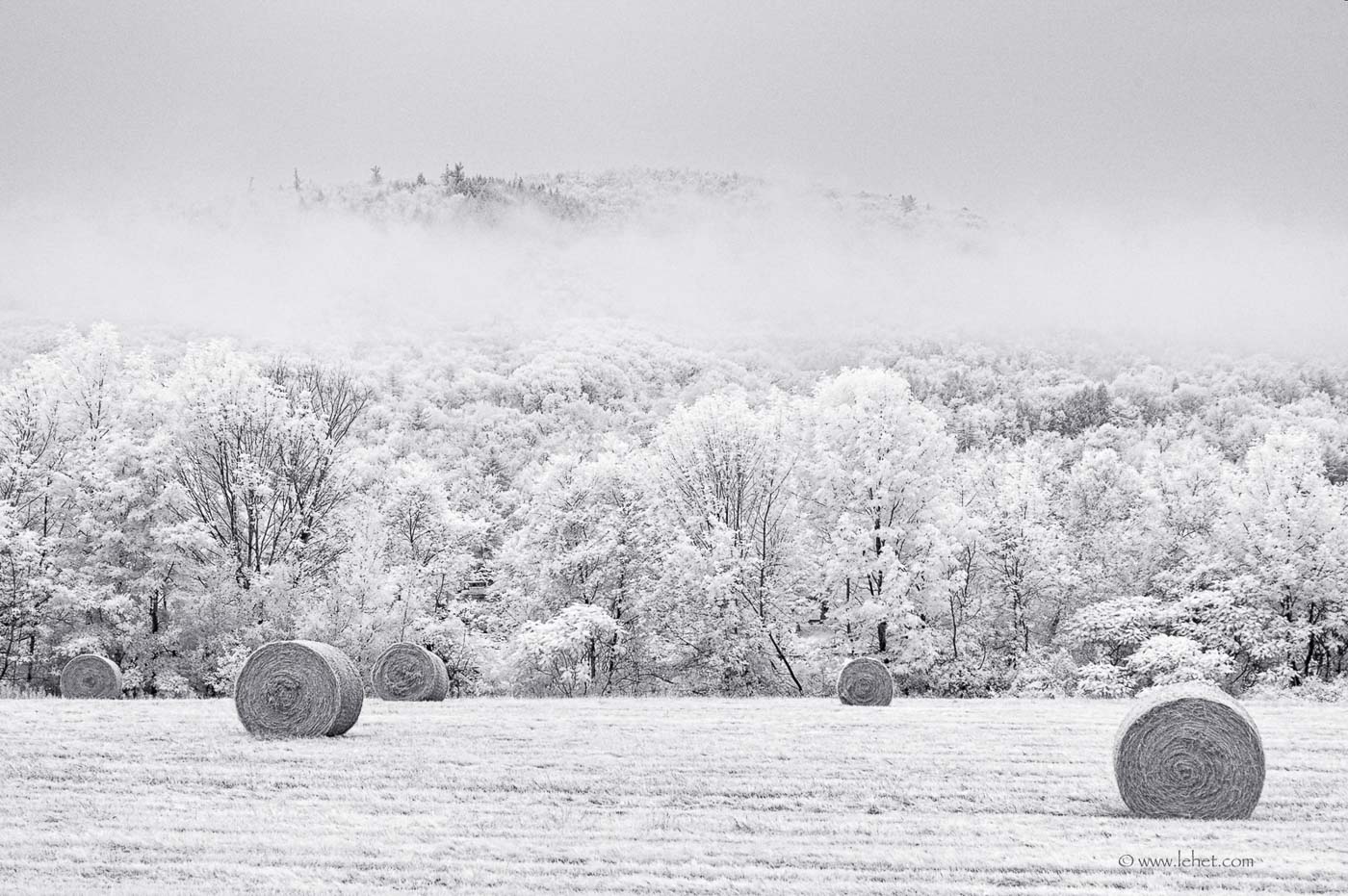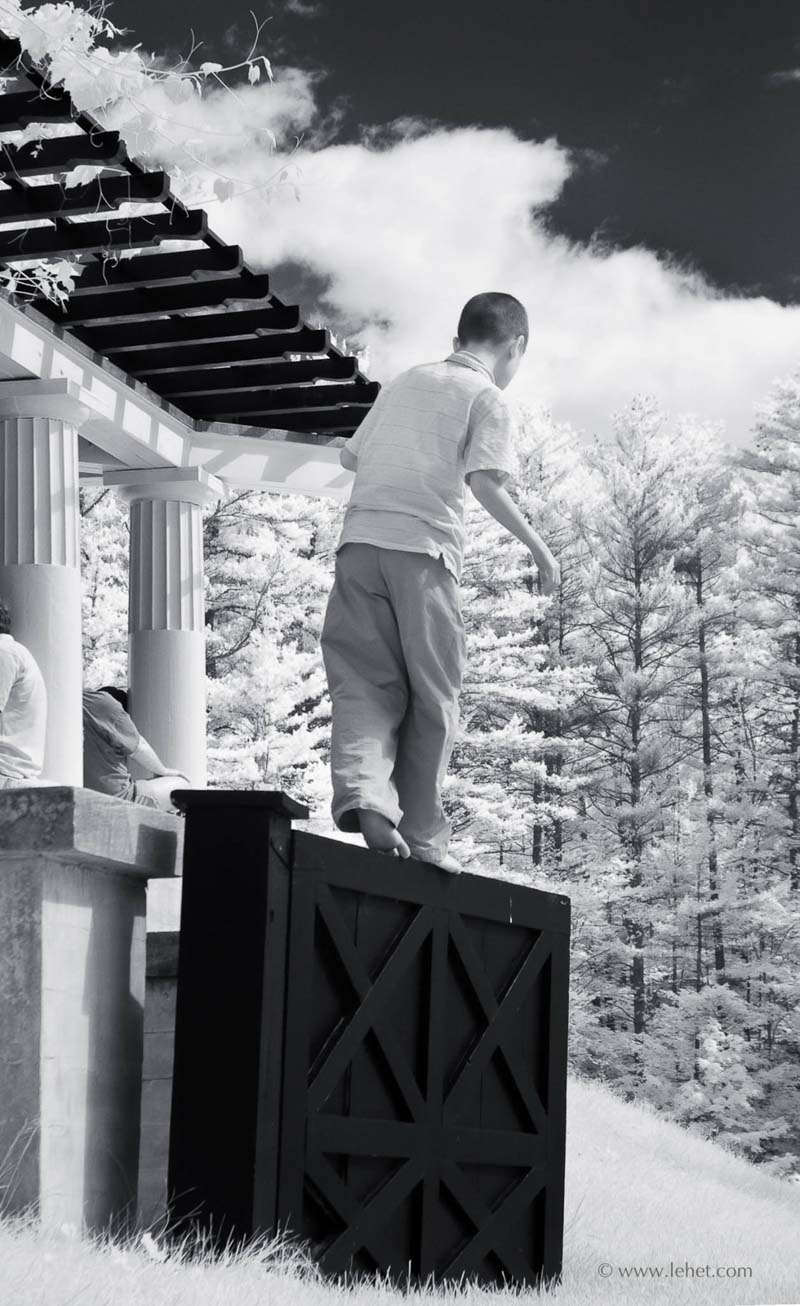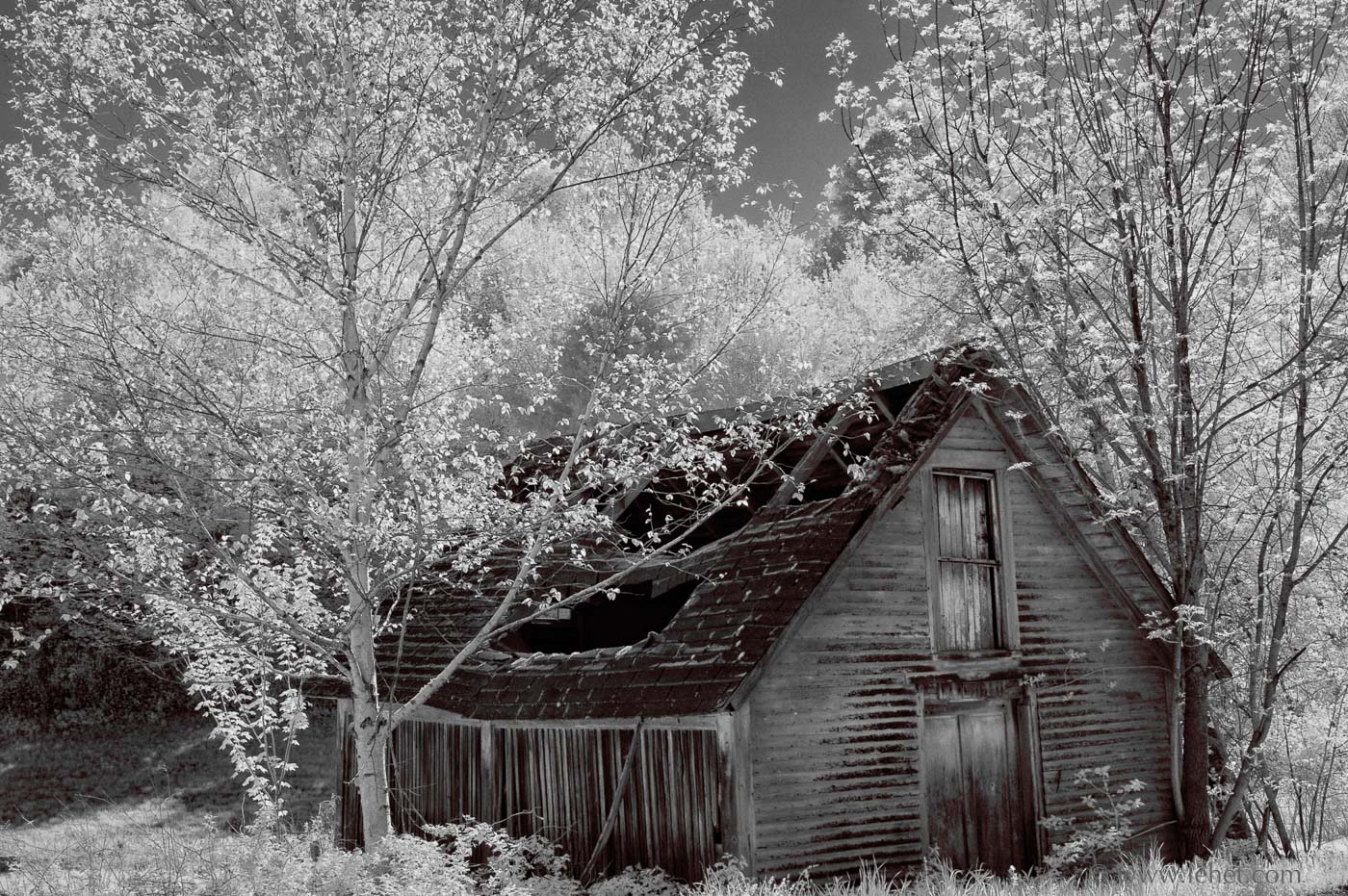Sometimes these posts come because I have a photo (or several) pressing to be published, and sometimes it’s because I have something to write about. Sometimes it’s neither, and I do this out of discipline. I think it usually works out about the same.
I’ve been listening to The Moth podcasts while gardening lately. These are true stories told by the people who experienced them. The one that triggered this thinking and writing was by Krista Tippett, who broadcasts interviews with a broad range of what might be called “spiritual” people. The striking thing for me in the story she told was a mention of her time in Ireland, and an ancient Celtic idea of “Thin Places.” I had never heard of this as such, by that name and tradition. As she put it, a Thin Place is “a place where the gap between the temporal and transcendent is very thin.” Well. Yes.
I have experienced many such places throughout my lifetime, and arguably the discovery and exploration of such places is what got me to squander so much time with a camera, and then in the darkroom and then on the computer with photos. I could elaborate endlessly, and I think I should do it in a book, and in bits over various posts.
I have found as a photographer that sometimes these places are just dripping with good photographs. Other times, these places make it actually harder to photograph well. Sometimes a good photograph is made of essentially tricks — ways that compositions move the eye, textures, tones, and colors. All the normal ingredients of art applied to create a piece in the same way paint is applied to a canvas. The thing is, you still have to work as a photographer and exert the right skills, whether in a Thin Place or next to a Burger King.
I have also found that the application of effort, skill, and one’s own spiritual energy to a piece of art can create a “Thin Place” right there in the art, from scratch. I realized this over 30 years ago in MOMA, Museum of Modern Art, standing in front of van Gogh’s Sunflowers. Each dab of paint radiated some energy and was a portal to Vincent’s mind — he made that happen.
So in my experience, the relationship between a Thin Place and art is very tricky. 35 years of exploration have not unlocked all the secrets, or very many of them.
Back to this particular spot: A few miles from my house there’s a grove of birch trees right by the road. If I’m walking or riding a bike, I stop there, almost always, and I look and feel. The other week I was stopped on my bike, when a man on a walk I had passed caught up to me and stopped: A neighbor I hadn’t met. We hit it off, had a lot in common, and chatted for probably over an hour, more time than I should have taken as I had client work promises to keep. One thing that came from that conversation was the news that the owner of the land of that birch grove allows walkers.
I have been photographing a lot in recent weeks, which is another set of stories. I am in love with two new-ish cameras and some very nice lenses. I was in the emerging spring, just right in it, watching the buds swell and the leaves break out of them as if in time-lapse. I scrutinized and photographed and savored the bud-bursting leaf popping time, and I felt attached, not wanting it to pass. I wanted the leaves to stay so small and bright with light passing through them and dappling the ground and the other small bright lit-up leaves. But also enjoying the transformation, let it evolve, as everything will.
So a handful of walks in this newly found trail through birch groves and pastures was part of it. It is in some ways such an old time quintessential Vermont paradise of a sort that gets harder and harder to find as there are fewer farms and less mowing, and the fields grow up to brush. But this is very unusual as such an extensive stand of beautiful birch trees. The effect of this place on me is quite profound. But I’ve found it to be very hard to photograph there; I think I go over the gap into the other side of the Thin Spot, into the transcendent. I don’t keep my wits about me as well in terms of what works, what makes a photograph, how to (as a photographer) dab the brush into the paint and onto the canvas. Somehow I want to smear the canvas right on the scene and have it transfer. But it doesn’t work that way, does it? Not in painting or always in photography — you need the intermediary of the brush and paint — or some technology — to move the energy from around you and through you and to create some kind of thing that is related to it but separate.
This print is for sale and can be viewed larger here.

